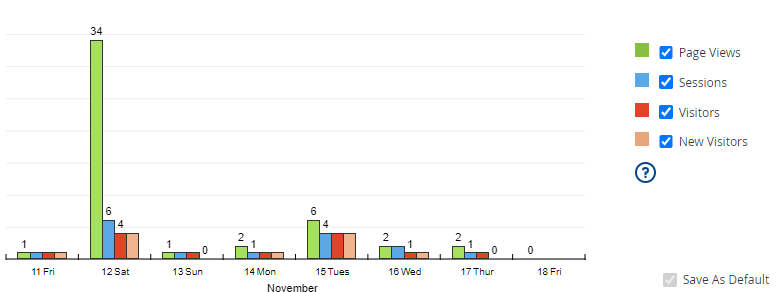Analisis Perbandingan Kinerja Jaringan WLAN 2,4 Ghz dan 5 Ghz pada Proses Thetering Menggunakan Metode QOS
DOI:
https://doi.org/10.33998/processor.2023.18.2.883Keywords:
Quality Of Service, WLAN, tethering, tiphonAbstract
Currently, the use of Internet technology is overgrowing. With the current pandemic conditions, a student or worker must carry out activities remotely using the internet network, especially the Wireless Local Area Network (WLAN) network. This research describes the performance comparison of a WLAN network using 2.4 GHz and 5 GHz frequencies in the tethering process on smartphones. Determining the performance of a WLAN network that works at 2.4 GHz and 5 GHz frequencies will be focusing of this study. The study of literature, the internet, and observation for data collection is the method used in this study. Quality of Service (QOS) measures the performance of the two WLAN networks with parameters including throughput, packet loss, and delay values. This network performance test was carried out using scenarios in urban and rural areas in the WLAN network tethering process with a frequency of 2.4 GHz and 5 GHz. This wireless LAN network comparison analysis process uses Wireshark supporting software to maximize measurement. The results of measurements using the QOS parameter are then analyzed, and whether the category of good or bad wireless LAN network performance quality uses the TIPHON standard is known.
Downloads
References
Burhanuddin, Nyak Azura, dan Nurharifah, “ANALISIS KINERJA JARINGAN WIRELESS LAN DENGAN MENGGUNAKAN METODE QUALITY OF SERVICE (QOS)”. Jurnal Teknologi Terapan dan Sains 4.0, vol. 1, no. 2, pp. 113-125, 2020.
M. R. Kurniawan, dan Lina Oktaviana Sari, “Analisis Sistem Keamanan Wireless Local Area Network (WLAN) Pada Proses Thetering”. Jurnal Universitas Riau Fakultas Teknik vol. 5, no. 2, pp. 1-7, 2018.
Yusantono, "Analisis dan Perbandingan Jaringan WiFi dengan frekuensi 2.4 GHz dan 5 Hz dengan Metode QoS", Journal of Information System and Technology, Vol.05, No. 05, pp. 34-52, 2020.
Bakri M. A., Farhan M., dan Sujatmiko A. 2019. “Performasi Kinerja Jaringan WLAN 5 Ghz Sebagai Alternatif WLAN 2,4 Ghz pada Area Perkantoran”, Journal of Electrical and Electronics, vol. 7, no. 2, pp. 53-58, 2019.
Utami P. R, “Analisis Perbandingan Quality Of Service Jaringan Internet Berbasis Wireless Pada Layanan Internet Service Provider (ISP) Indihome dan First Media”, Jurnal Ilmiah Teknologi dan Rekayasa, vol. 25, no. 2, pp. 125-137, 2020.
Rachmadi T., Neneng dan Samsugi S., “Analisis kinerja Jaringan Wireless LAN Menggunakan Metode QOS (Quality Of Service) di Perpustakaan SMK Negeri 5 Bandar Lampung”, JECSIT, vol. 1, no. 1, pp. 110-117, 2021.
Prasetyo S. E., dan Elvin, “Analisis Quality Of Service (QOS) Jaringan Wireless 2,4 Ghz dan 5 Ghz di Dalam Ruangan dengan Hambatan Kaca”, Jurnal Ilmiah Teknologi Informasi Asia, vol.15, no.X2, pp. 103-114, 2021.
ETSI, Telecommunications and Internet Protocol Harmonization Over Networks (TIPHON General Aspects of Quality ofService (QoS)), France : European Telecommunications Standards Institute 1999.
Adhitya, dan Kurniawan, D. E. (2021). Teknologi EtherChannel Protokol PAgP dan LACP Pada Perangkat Cisco. Bandung: Media Sains Indonesia.
Suhairi, M., “Simulasi Cakupan Area Sinyal Wireless Local Area Network (WLAN) 2,4 Ghz Menggunakan Aplikasi Matlab (Studi Kasus di Jurusan Teknik Elektronika Fakultas Teknik Universitas Negeri Padang)”. Jurnal ELEMENTER Vol. 7, No. 2, pp. 25-31, 2021.























